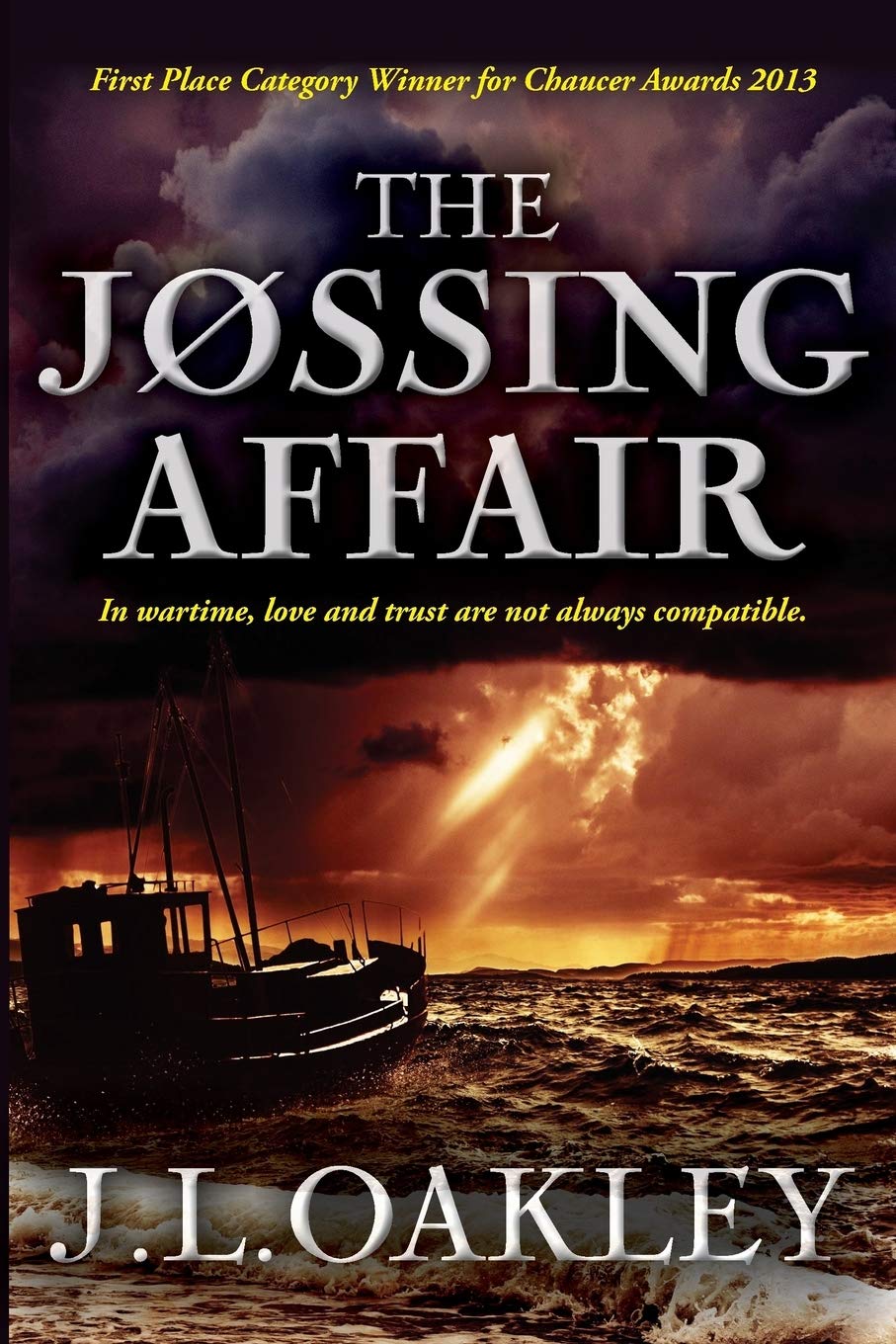|
Listen to or download this article:
|
Sisters of Castle Leod by Elizabeth Hutchison Bernard tells the story of Lady Sibell Mackenzie, Countess of Cromartie by her own rights, and the implacable, lifelong sibling rivalry between Lady Sibell and her younger sister Constance, in a fictionalized biography.
The two sisters became equally famous – if not equally wealthy or respected – in early 20th century Britain in entirely separate spheres while sniping at each other all along the way. As their story moves from their childhood rivalries to the adult consequences of their actions, the sisters grow further apart and more resentful of each other. Or so it seems. The story is told entirely from Sibell’s point of view. The reader never learns Constance’s true motives, only what Sibell believed they were.
They were opposites in every way.
Sibell was a serious intellectual who took her many responsibilities – including those to her younger sister – equally seriously. While Constance seemed to be a person of action without thought to consequence. It seems the younger sister expected someone else to always take responsibility for her actions – her father when they were children, and her sister now that they are adults.
Their divide was exacerbated by the conflict between Constance’s inability to believe in anything that she couldn’t see or touch while Sibell held a deep and abiding respect for spiritualism. Sibell pursued her beliefs ardently, shaping the course of her life. When their story comes to an end, the best hope that Sibell has for reconciliation with her often estranged sister lay only in the next life.
The most fascinating part of this story of sibling rivalry is that, at its heart, it’s all true.
Sibell and Constance Mackenzie were not only real people, but they truly were famous in their day, if in opposite ways, for the historical events told in Sisters of Castle Leod.
While there are brief periods of rapprochement, Sibell and Constance are too different in nearly every aspect of their personalities to overcome the initial rivalry over who held the most of their father’s affection. Each believed it was the other and never moved on from that belief.
The reader’s sympathies lie with Lady Sibell, as hers are the eyes through which the story is told. At the same time, Lady Constance is a much more vivid and active character, but because Lady Sibell sees all of her sister’s actions and motivations through the lens of their long-held resentments, the reader never knows whether Constance was quite the villain her sister made her out to be.
Many of Sibell’s thoughts, motivations, time, and attention are paid to her spiritualist beliefs.
She was certain that the spiritual world influenced the material world around her. Readers who share her beliefs or who are open-minded about spiritualism may find her digressions compelling. However, readers who, like Constance, confine their beliefs to the pragmatic aspects of the world may wish that the story had focused more on the world as Sibell actually saw it than the world that she believed was unseen but revealed only to her.
In either case, the story of the Sisters of Castle Leod presents a compelling portrait of two very real women in the early years of the 20th century who were famous – not on account of who they married but because of what they, themselves thought, believed, and did. Even if, in spite of their sisterhood, they never did manage to believe in each other.











Leave A Comment